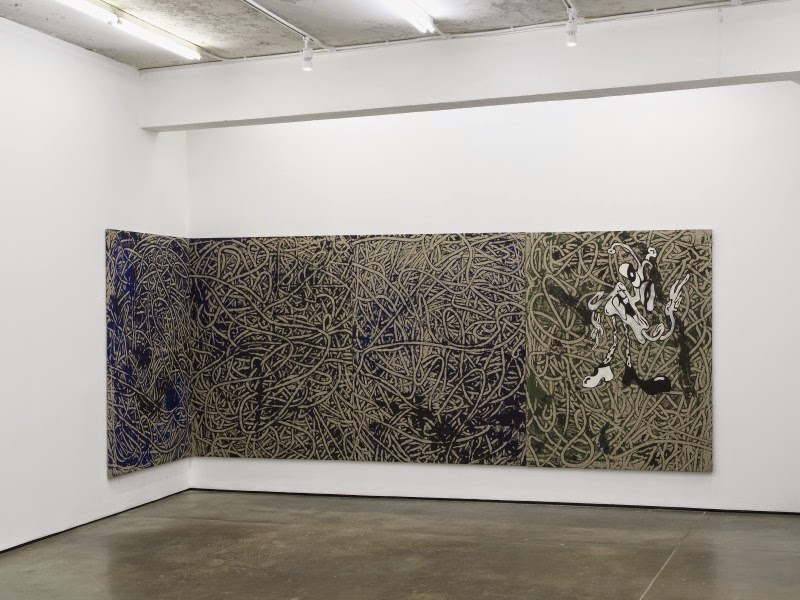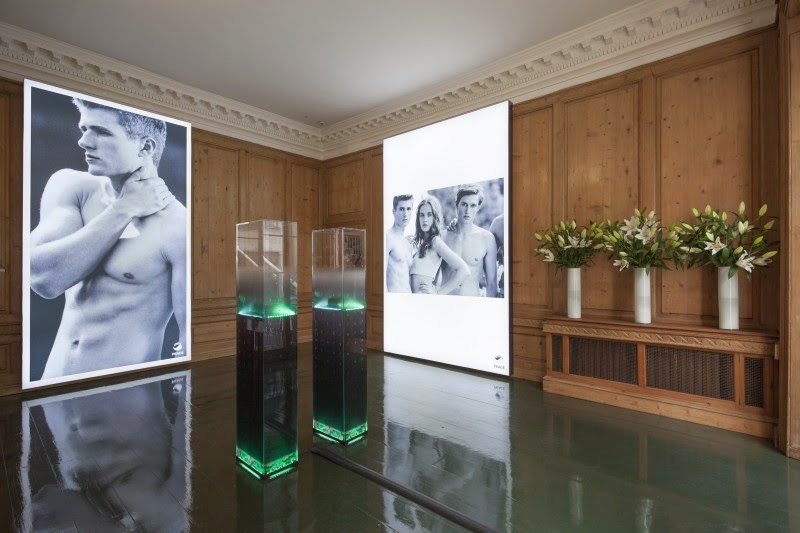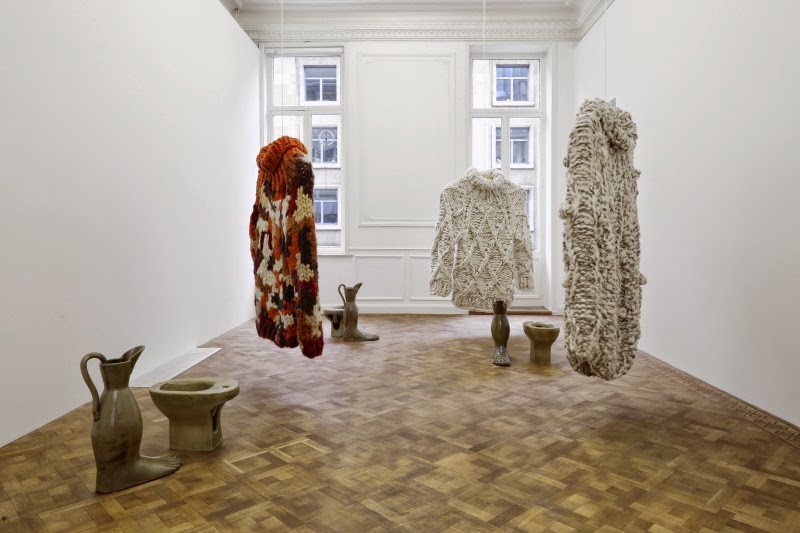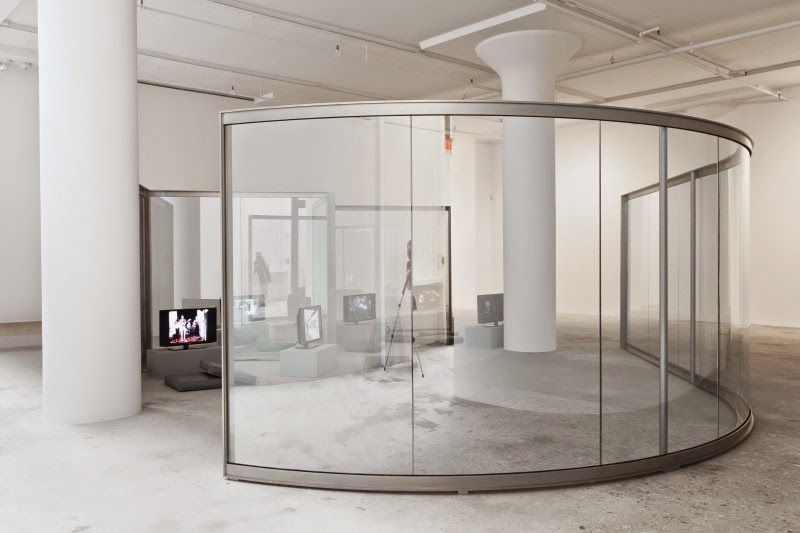Petra Cortright at Société

Like many today, Cortright deals with a subject whose new identity is expressed through the grate of the digital realm’s corporate packaging, pressed through ready-found effects and constructs for personalization.
Whereas others construct a stand-in (avatars) for the self - Atkin’s mask, Wolfson’s “Shylock” or punk, Stark’s ready-made avatars, or Trecartin's identity ad nauseum; Cortright's rejection of the third person instead uses the ubiqutious pseudo-self that most conform online, creating a sort of Sherman like paradox of inseparable artist/performer.
And while most of the digital-existentialists stand to thematize and problematize the new identities, those operating from internet modes seem not only indifferent to the skepticism of its promise, but also content with the play in the sandbox and to occasionally bring some of the found network detritus back into the gallery. It becomes a sort of Naumanian axiom of, as an artist whatever I do in the studio is art; updated as whatever an internet artist does on the internet must be art. The difference is that today, everyone has this studio, and privileging the play of those who call themselves artists as somehow more self-aware or capable is a crumbling distinction. Taking pieces and artifacts of the internet into the gallery for its scrutinizing pleasure seems to miss the vast sea operating right now. At worst used by theorists to form a rational order, or theories of internet based upon these examples.
The allure of internet-platformed art comes again implicitly with the ideal of a merging of art and virtual-life. It is a throwback in the form of neo-60’s-happenings, performed on the new-found democratic platform of the a global everything-available network where finally
everyone can see. But as Youtube’s “censorship” of Cortright’s early video shows, most of the internet cares nothing for art's particular interests and detournments. At a certain point the artworld has to acknowledge that merging of art and life can't be premised on the insertion of what it owns as art into life, but respecting what is outside of it, that as Youtube made clear, making no distinction between spam and art spam.
See too: Ed Atkins at Serpentine Gallery , Rachel Rose at High Art
.jpg)
.jpg)





















.jpg)




